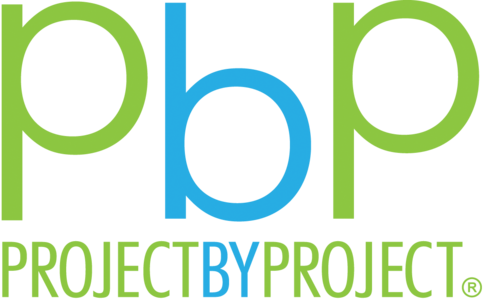Celebrating the Year of the Dragon
It’s time for red envelopes. Kidding. Lunar New Year has once again arrived. This year it begins on February 10, and celebrations will continue for 15 days. Lunar New Year is the most important holiday in many Asian cultures, including in Chinese, Vietnamese, and Korean communities. Each culture celebrates it differently, whether it be the type of foods, traditions, or history associated with the holiday.
The Lunar New Year began as a time of feasting and to honor deities and ancestors. When it begins depends on the first new moon and when it ends depends on when the full moon arrives. Every year in the lunar calendar corresponds to one of the 12 zodiac animals. The year 2024 is the year of the wood dragon, thought to be the luckiest of the animals. The dragon is considered a symbol of strength, courage, and good fortune.
Celebrating Lunar New Year in New York City
New York City is home to 9 Chinatown communities, and according to the 2020 Census, 17.3% of the population identifies as Asian. Celebrations are occurring throughout February, such as the Lunar New Year Parade and Festival in Sara D. Roosevelt Park, the third annual Lunar New Year Bridgeathon on February 17, and events hosted by one of our former partners Think! Chinatown.
Other places to enjoy festivities include Flushing’s Chinatown, Brooklyn’s Sunset Park’s Chinatown, and Long Island City. The Metropolitan Museum of Art is hosting a daylong festival of free programming with poetry readings from Asian American bookstore Yu and Me books and more.
Lunar New Year in Different Cultures
China and Taiwan
The Chinese New Year has been cited as beginning in the 14th Century B.C. Originally it symbolized a celebration of the harvest but has become a time for family. In China and Taiwan, the holiday often provides extended vacation that allows people to travel home and celebrate the new year.
Similar to Thanksgiving in Western culture, Chinese New Year is a time for family gatherings. Homes are often decorated with red, which is associated with good luck and happiness, and tables are filled with traditional foods, such as dumplings, rice cakes, and fish. Friends and family also give red envelopes, known as hongbao, as a gesture of goodwill. Other traditions include attending local performances featuring dragon and lion danes, which are believed to drive away evil spirits. On the last day of the New Year, the holiday concludes with the Lantern Festival, which includes games, fireworks, and parades.
Vietnam
Vietnamese Tet is the Vietnamese New Year. Tet signifies love and hope, family and friends. Tet is an abbreviation for the feast of the first morning of the first day of their calendar.
Tet is very family-centered. People return home for Tet and often start preparing usually a week before. They clean family graves, worship at family altars, and decorate their homes with apricot blossoms, peach blossoms, and kumquat trees, which symbolize hope of prosperity and well-being. Families eat five-fruit platters to honor their ancestors. Celebrations include eating the rice cake bánh chưng and snacks called mứt tết. Similar to Chinese New Year, children receive red envelopes from older relatives.
Korea
Seollal, or Korean Lunar New Year, is a time for family, similar to Chuseok. Traditionally, families gather at the house of their oldest male relative and pay respects to their ancestors and elders. Charye is the worshiping of one’s elders during the New Year, where food is set out on the table as a gift for one’s ancestors. Another important tradition is called sebae, which is the act of kneeling on the ground and bowing deeply in a manner that your hands are also on the ground. Younger people will do this to elders. People also often wear the hanbok, traditional clothing in Korea, when performing sebae.
Unlike China and Vietnam’s red envelopes, elders give money in white and patterned envelopes. One of the popular foods for Koreans is the sliced rice cake soup (tteokguk), which is eaten throughout the year but also prepared to mark the Lunar New Year. The soup symbolizes starting the year with a clean mind on body. Families also play traditional games, such as the board game yunnori and card games.
Wishing you luck in the new year!




